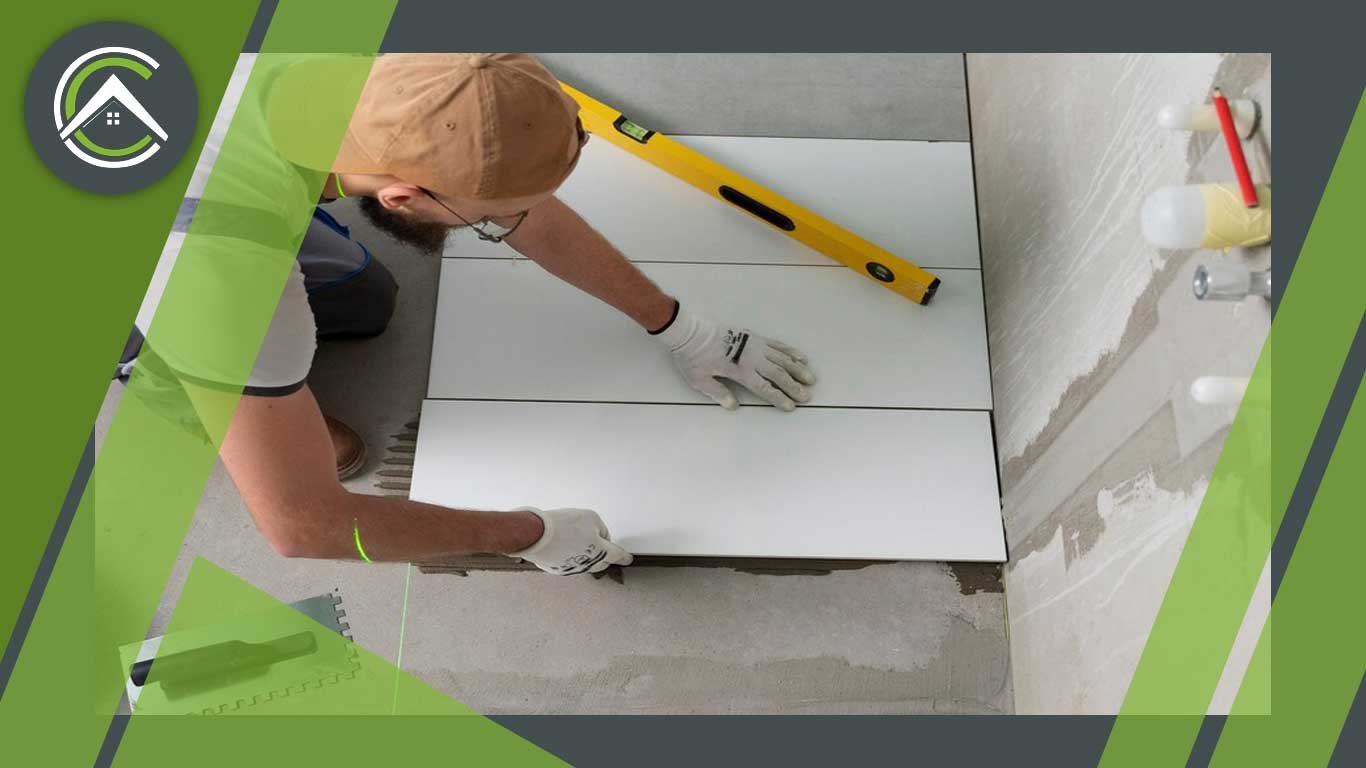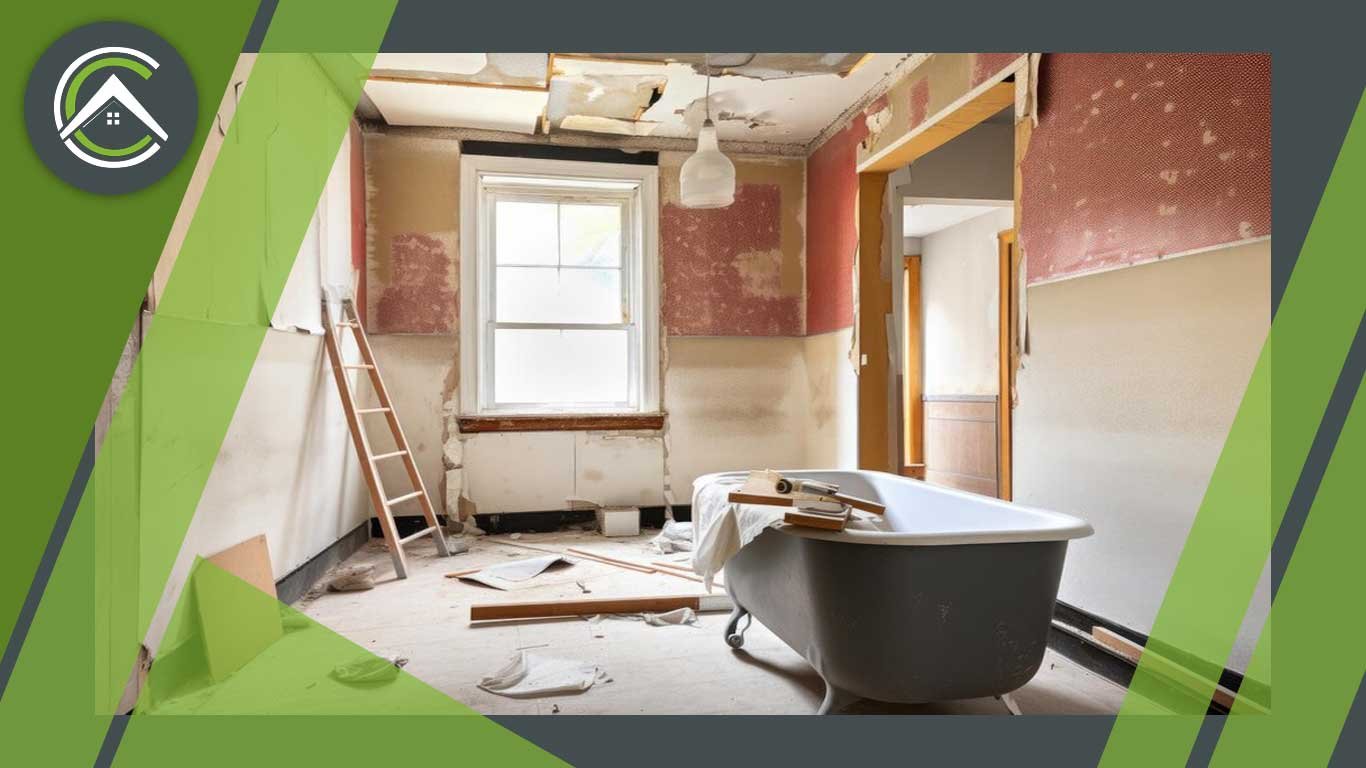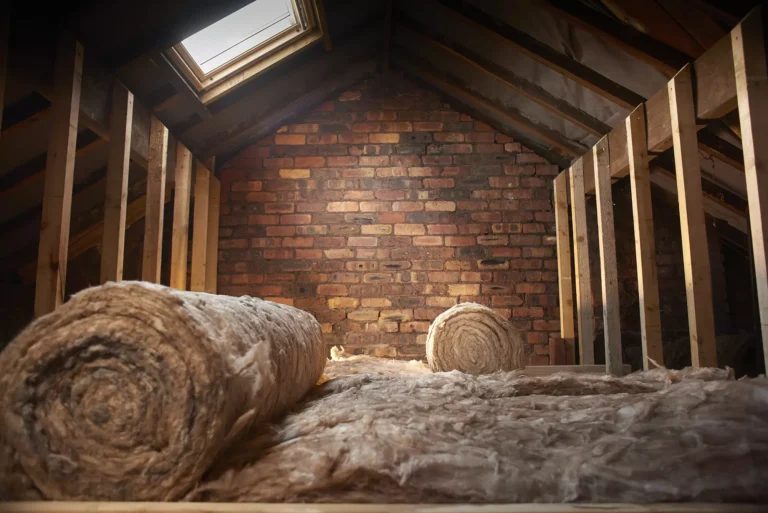Blog
A Guide To Bathroom Demolition
Since the bathroom is the most functional part of each home, it is good advice to freshen things up from time to time. If you want significant changes, you should think about bathroom demolition. Even though the process may seem straightforward, there are many delicate factors you need to consider.
In this article, we will examine what goes into this process.
Safety is the priority: electrical and water lines.
Electrical and water lines are two significant lines running into each bathroom. Before bathroom demolition or any furniture removal, disconnect these two lines from the main source.
For this purpose, you should disconnect the bathroom water source from the main supply and switch off bathroom electricity at the electrical service panel, which includes the house circuit breakers.
Modern plumbing installations allow you to turn the water off in each room. If your plumbing is old, you will probably need to turn off the water at its main source.
After turning off the water and draining the pipes, flush out the water. Carefully handling each water source is necessary to prevent harm and damage. Remember to remove all wall outlets, switches, and light fixtures.

Removing the breakables: sinks, toilets, and mirrors
You need to take off all fragile elements before bathroom demolition. If you want to reuse the mirrors, or at least avoid damage and mess, remove them carefully. For this purpose, you can always rely on professionals to complete your project accurately.
Toilets typically consist of porcelain, so removing them should be done with extensive caution because porcelain is a breakable material, and its shards may be very sharp.
If sinks consist of fragile elements like porcelain or glass, remove them with too much caution.
Define the project’s scope.
Define your precise goals for your bathroom demolition.
Do you plan to remodel the space completely, or are you just replacing the toilet, tub, and vanity? If you want a complete remodel, everything needs to go. You may need to remove shelves, shower curtain rods, mirrors, towel bars, medicine cabinets, and light fixtures.
Bathroom demolition tools
- X-acto knife
- Claw hammer
- New wax ring for the toilet
- Shop vac
- Putty knife
- Crescent wrench
- Gloves, masks, and safety glasses
- Channel locks
- Pry bar (often called a “red bar”)
- The thinset removal blade
- Wire brush
- Set of Allen wrenches or hex keys
- Possibly a reciprocating saw.
- Possibly an oscillating multi-tool
- Phillips and flathead screwdrivers
Turning off the water in the entire house is always a good idea, especially if you want to take out shower tiles. You will have no idea of what lies behind those walls. But the fact is, you won’t want to run into any electrical wiring or copper pipe. It is enough to turn off the water supply if you have a plan for bathroom demolition.
Bathroom Demolition: Remove a Bathroom Vanity
- Remove all the vanity contents.
- Turn the valves to disconnect the water.
- Turn on the faucets to let the last drop of water run.
- Loosen the pop-up rod and take it out from under the sink.
- To remove the sink drain assembly from its mounting, loosen the locking nut.
- You can raise the ring-shaped flange that encircles the drain opening by simply pushing up on the pipe. It should be easy for you to unscrew with your hands. Next, unfasten and remove the P-trap and the pipe under the sink.
- Afterward, take the faucets out. Based on their types, you may need to find a set screw or loosen the mounting nuts under the sink to free the fixture. If your sink is fastened to the countertops, cut the silicone or unhook the clips to lift it out.
- Your vanity should now be free after you remove the screws holding it to the wall.
Bathroom demolition and remodel: Taking out the toilet
- Removing the bathroom toilet is an easy task. Turn off the water supply before you jump into the project.
- To remove the tank, flush the toilet. Use a sponge or old towel to soak up any remaining water. Don’t worry; it is clean water.
- After flushing, there might still be some water in the toilet. On this occasion, you can use a particular product called LiquiLock, which will turn the water into gel in about five minutes. They are easily accessible in the majority of hardware stores.
- For the one-piece toilet, eliminate the caps covering the nuts that secure the toilet to the closet flange’s bolt at the base to lift the toilet easily.
- Remove two nuts under the tank with adjustable pliers or wrenches if you have a two-piece toilet and a separator tank.
- If your toilet is in good condition and problem-free, you can reuse it after remodeling your bathroom. Don’t forget to give it a thorough cleaning before reinstalling it.
Remember that the wax ring and closet flange will look pretty disgusting once the toilet is free. Use a putty knife, wire brush, or cloth dipped in mineral oil to remove the wax. Tuck a thin rag into the drain opening to stop sewer gas leaks.

Tile floor demolition.
- Remove baseboards and heat registers before starting bathroom demolition.
- Use a regular hammer to break up the floor tiles. Don’t forget to use safety glasses to prevent small splinter chips from entering your eyes.
- The sitting plywood on the subfloor can be reached by chiseling at the joint. As you go, tidy up by throwing each broken tile in the trash.
- You should replace the plywood if it is not in good shape. There is the danger of tearing it into pieces after removing the screws holding it to the subfloor.
- Clean up the entire area by using a shop vacuum.
- Make sure the plywood is level if it is in good condition. If necessary, buy a leveling compound so that you can install new tiles easily and prevent grout cracking.

Demolishing a bathroom for renovation: Remove the tub or shower.
It is always best to ensure you turn off the water at its main source before removing a shower or tub. In many bathrooms, the water service panel is typically accessible on the wall behind the cold & hot water knobs and, sometimes, is accessible through a linen closet or another entryway. Carefully remove all knobs, shower heads, etc.
With a utility knife, cut away the caulking if the shower or tub-floor/tub-walls are caulked into place. Use force and pinning leverage to remove the tub or shower unit.
Bathroom demolition contractors VS. DIY bathroom demolition
When it comes to demolishing bathrooms for renovation, you need to consider all the potential dangers, mess, and legal requirements. It is good advice to hire a professional for the project due to possible dangerous or illegal errors.
An average homeowner can remove non-essential items. However, it is better to ask a professional to help remove essential elements like fragile components or utilities.
ConfirmedC Team is a reputable company in home renovation and can help you do your projects error-free.
more insights

Is There Asbestos in Your Loft? What to Know Before Insulation Removal
If your home was built before the 1990s, there’s a chance that your loft insulation could contain asbestos—a hidden danger

Best Heat Pumps for Cold Climates in Canada: Top Picks for 2025
Canadian winters are no joke, and heating your home efficiently is more important than ever. In 2025, cold climate heat

Top 5 Signs Your Basement Needs New Basement Insulation (and What to Do About It)
Your basement plays a huge role in your home’s comfort, energy efficiency, and even air quality—but only if it’s properly